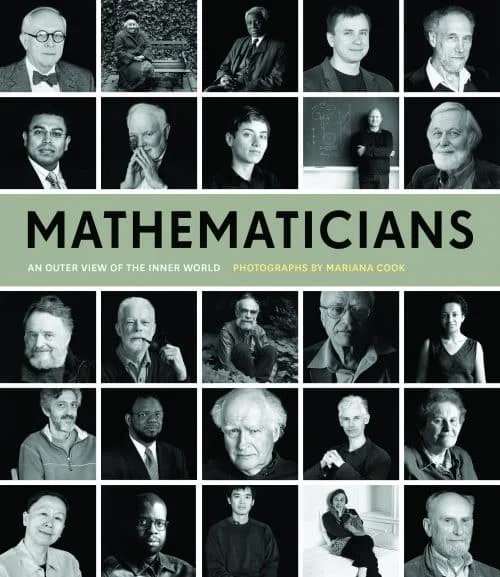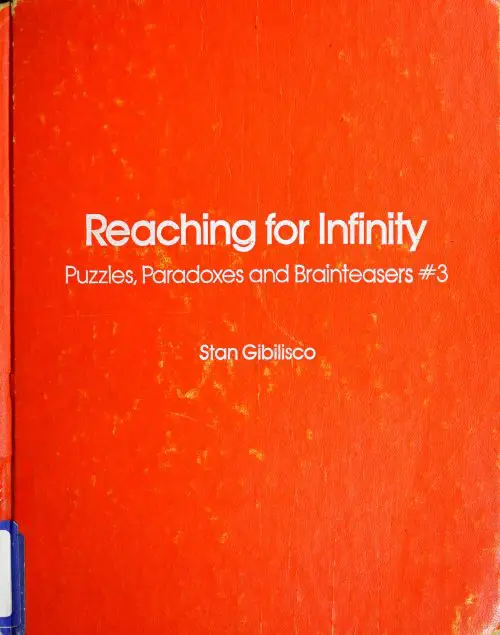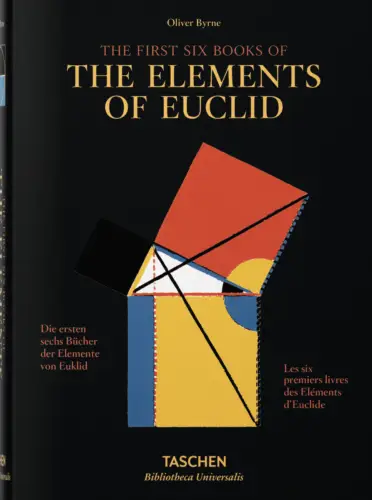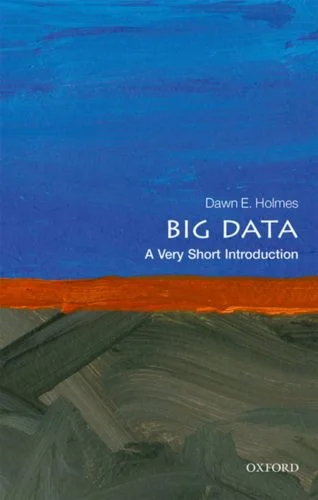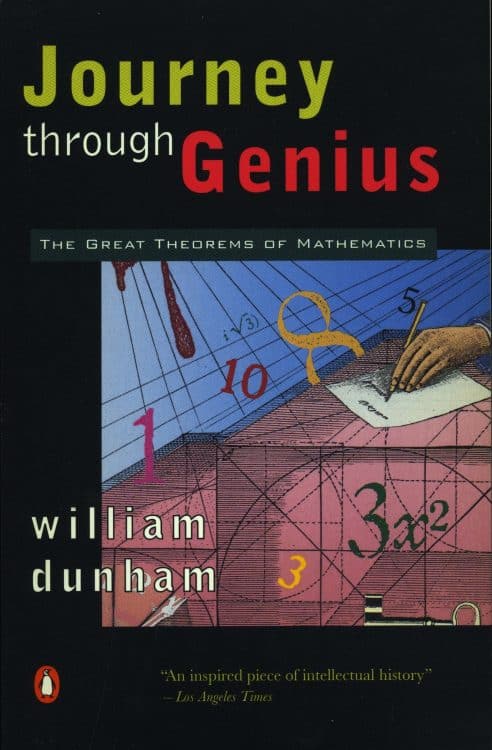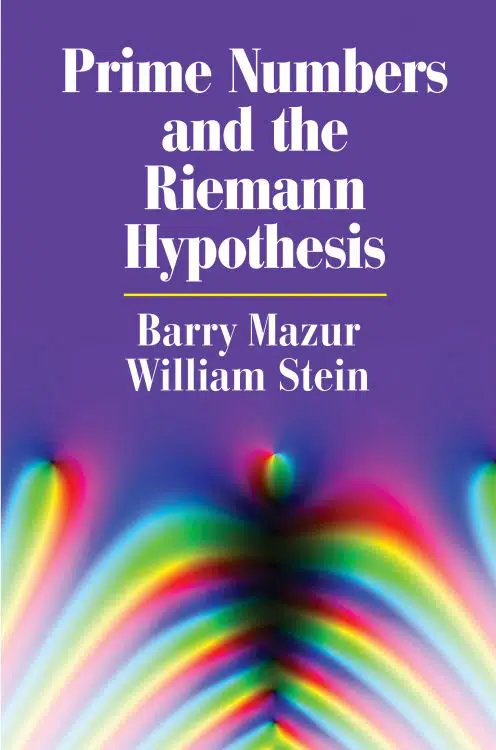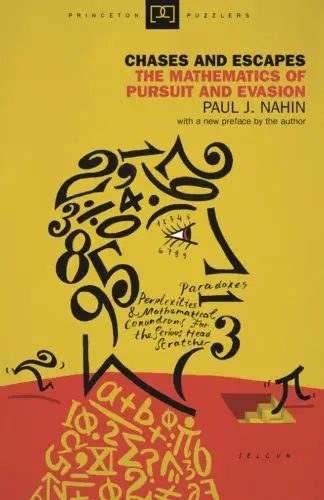A survey to determine the mathematical theorem with the most aesthetic appeal was conducted in 1988 by the quarterly publication The Mathematical Intelligencer. Readers were asked to give each of the twenty-four theorems a “score for beauty.” Even though there were many deserving rivals, “Euler’s equation” emerged victorious. In a similar survey of the “greatest equations” conducted by Physics World in 2004, it was discovered that Euler’s mathematical solution was second only to Maxwell’s equations among scientists. Euler’s equation “reaches down into the very depths of existence,” as Stanford mathematician Keith Devlin put it, “like a Shakespearian sonnet that catches the very essence of love, or a painting that brings out the beauty of the human form that is far more than simply skin deep.” What distinguishes Euler’s epi + 1 = 0 identity from other identities? In Euler’s Pioneering Equation, Robin Wilson demonstrates how this straightforward, beautiful, and profound formula connects to possibly the five most significant numbers in mathematics, each of which is connected to a unique narrative: the concept of zero, a significant mathematical advancement that opened up the idea of negative numbers; pi, an irrational number that serves as the foundation for measuring circles; the exponential e, related to exponential growth and logarithms; and the imaginary number I the square root of -1, which serves as the foundation of complex numbers. The number 1 serves as the foundation for our counting system. After a chapter on each of the components, Robin Wilson goes over how the stunning connection between them was discovered, including the numerous near-misses that prevented the formula from being discovered.




